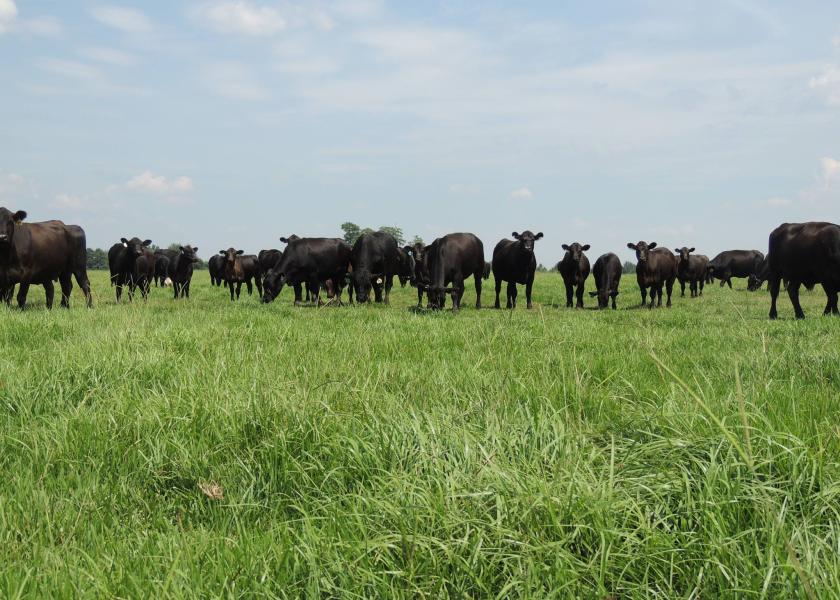Wet Pastures and Foot Rot

Spring rains have filled the ponds and saturated the ground in many pastures. As the temperatures heat up, cattle will start to congregate around or in the ponds or other standing water. One of the challenges that cattle producers may face this summer is the occasional lame cow or yearling. “Foot rot” is a common cause of lameness in beef cattle on pastures. Foot rot is an infection that starts between the toes of the infected animal and usually is a result of the introduction of a bacteria through broken skin. The infection causes pain and the resulting lameness. The lameness can cause decreases in weight gain of young cattle, milk production decline of adult cows and lame bulls will be reluctant to breed.
Treatment of foot rot can be successful when the treatment is started early in the disease process. Most cases require the use of systemic antimicrobial therapy. Your local large animal veterinarian will advise you on recommended antibiotics and dosages for your situation. Severely infected animals that do not respond to initial treatments will need to be re-evaluated by the veterinarian and more involved treatments may be required to salvage the animal. There are other causes of lameness. Therefore a proper diagnosis is important before treatment begins.
Preventative measures revolve around prevention of mechanical damage to the foot. Recently brush-hogged weeds or brush stubble will often be very sharp and cut the skin between the toes allowing the entrance of the infective bacteria. If possible, avoid forcing cattle to spend long periods of time standing in very wet lots or pastures. Utilizing a good mineral program that contains the micro minerals zinc, selenium, and copper will aid in disease prevention. A three year study in Kansas has shown that zinc methionine added to a free choice mineral supplement reduced the incidence of foot rot in steers grazing summer pasture .
Because cattle inflicted with foot rot are commonly treated with antibiotics, it is critical that producers follow their veterinarian’s instructions and label directions precisely. Because these are individual treatment incidences, ranchers may tend to neglect to keep the proper records of the treatments. Record the date, the dosage, route of administration, the lot number of the antibiotic given and the person giving the treatment. Then observe the drug withdrawal times completely before marketing the animals that have been treated.







